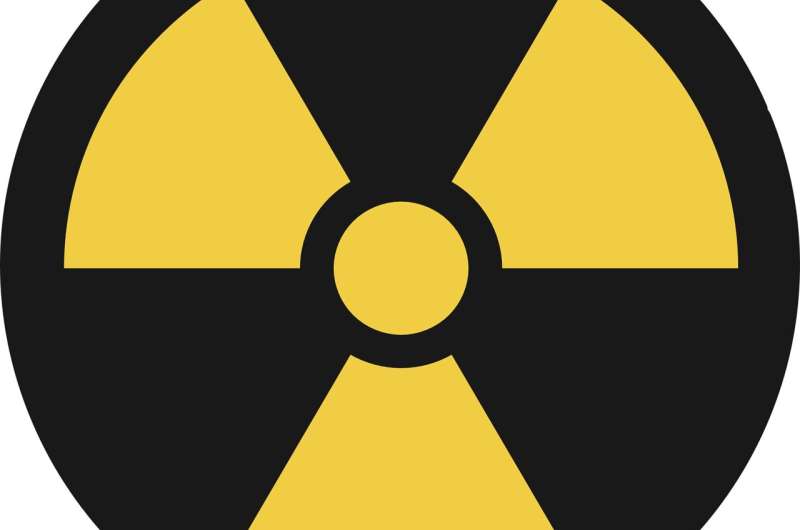This article has been reviewed according to Science X's editorial process and policies. Editors have highlighted the following attributes while ensuring the content's credibility:
fact-checked
peer-reviewed publication
trusted source
proofread
Australian researchers develop new method to more accurately spot underground nuclear tests

A more accurate way of identifying underground nuclear tests, including those conducted in secret, has been developed by researchers at The Australian National University (ANU).
The new method could help international observers better identify tests carried out by countries or actors known to possess nuclear weapons, as well as provide new information about those suspected of being armed. The research has been published in Geophysical Journal International.
According to lead author Dr. Mark Hoggard, in the aftermath of the Cuban Missile Crisis and Partial Test Ban Treaty in the 1960s, testing of nuclear weapons moved underground.
While this eliminated some risks associated with contamination by radioactive fallout, underground tests still generate a huge amount of seismic energy.
"The explosion goes off and you have all this energy that radiates out, which can be measured on seismometers," Dr. Hoggard said.
"So, the science problem becomes how do we tell the difference between that and a naturally occurring earthquake?"
There has been renewed attention on the issue since some existing methods failed to correctly classify a 2017 underground nuclear test by North Korea.
"By using some revised mathematics and more advanced statistical treatment, we have managed to improve the classification success rate from 82% to 99%for a series of 140 known explosions from the US," Dr. Hoggard said.
"Nuclear testing in the US has largely been carried out in Nevada—in the desert—and there is a thorough seismic record of all those tests, so it provides a really helpful dataset.
"Our new method also successfully identifies all six of the tests conducted in North Korea from 2006 to 2017."
Dr. Hoggard said there may well still be instances of underground nuclear tests being carried out surreptitiously in some parts of the world, and the sheer volume of earthquakes makes it difficult to investigate each event to determine if it is suspicious or not.
"This makes effective methods like ours all the more important," Dr. Hoggard said.
"Another positive aspect of our method is that it doesn't require any new kit. You don't have to put up new satellites or anything like that, we're just using standard seismic data.
"It's also pretty fast, so it's more or less suitable for real-time monitoring."
More information: Mark Hoggard et al, Seismic moment tensor classification using elliptical distribution functions on the hypersphere, Geophysical Journal International (2024). DOI: 10.1093/gji/ggae011
Journal information: Geophysical Journal International
Provided by Australian National University

















